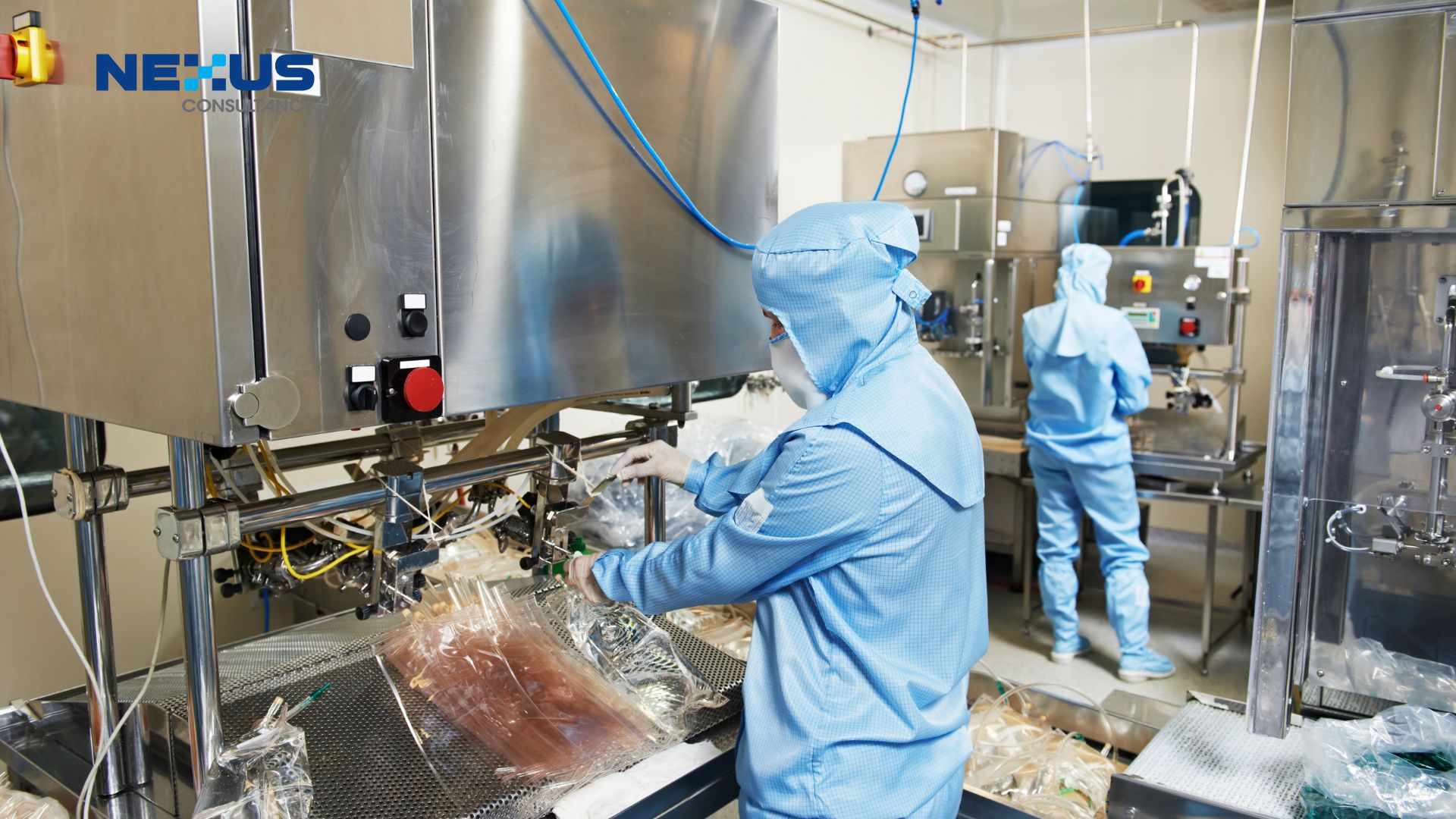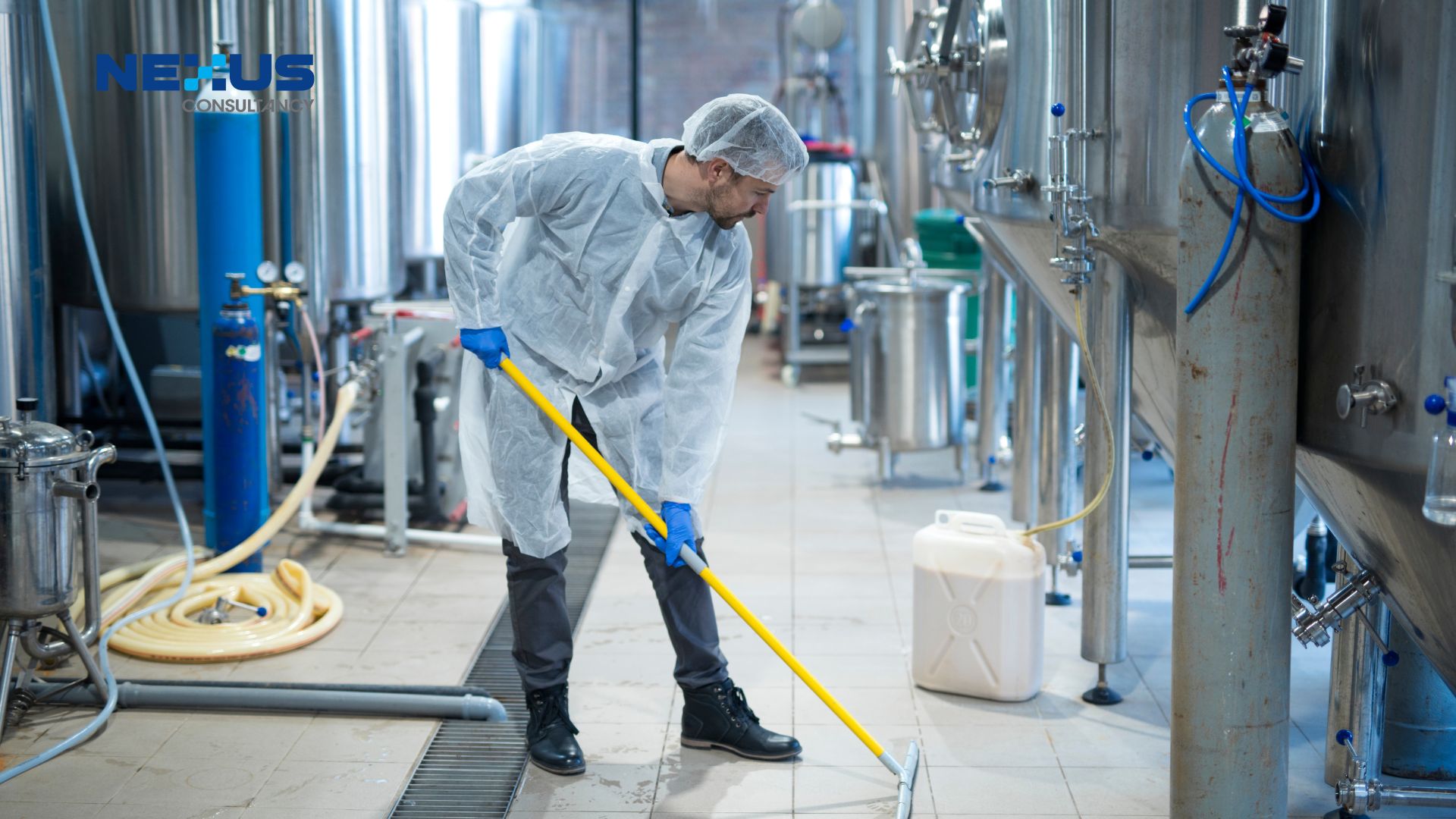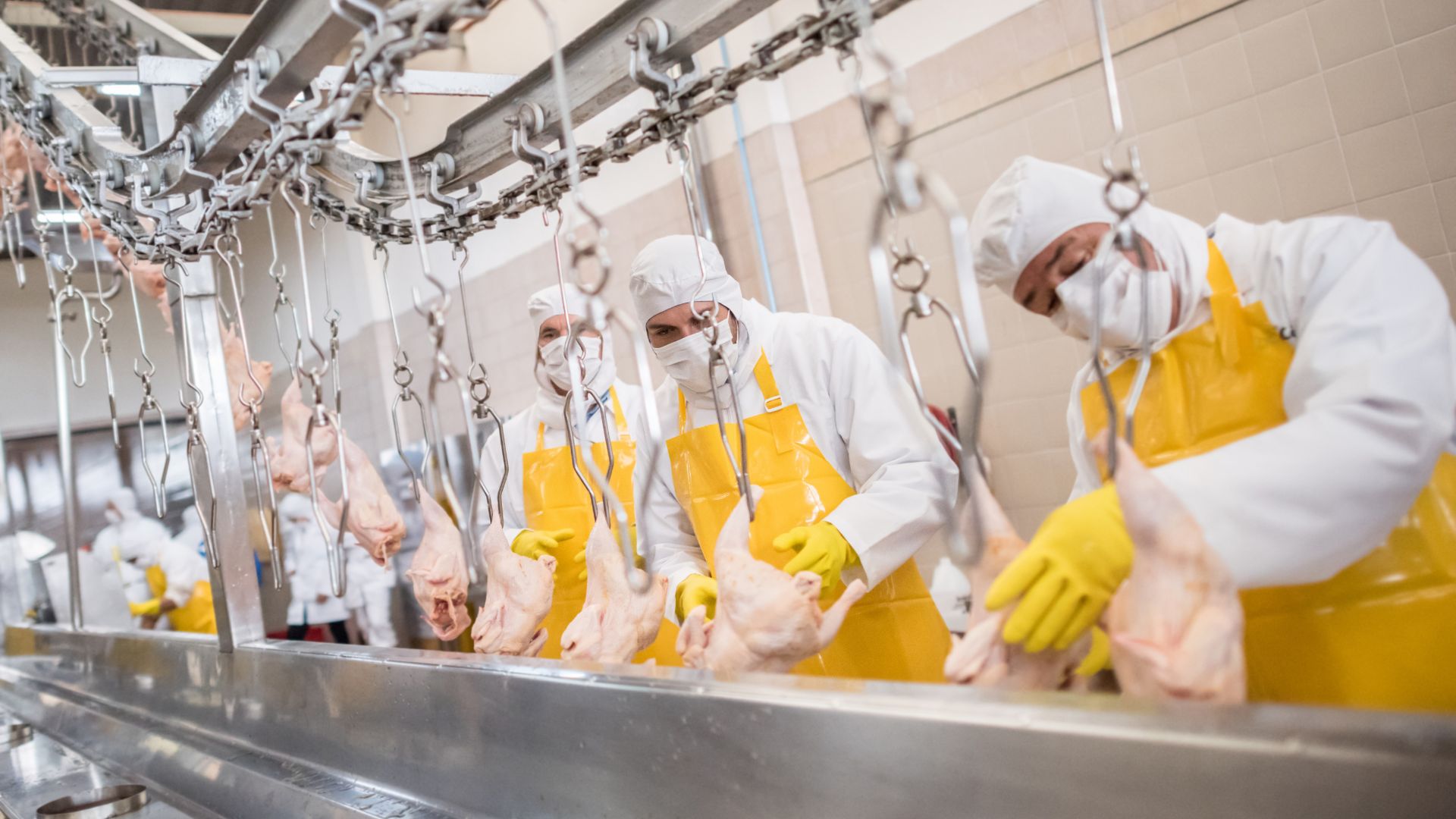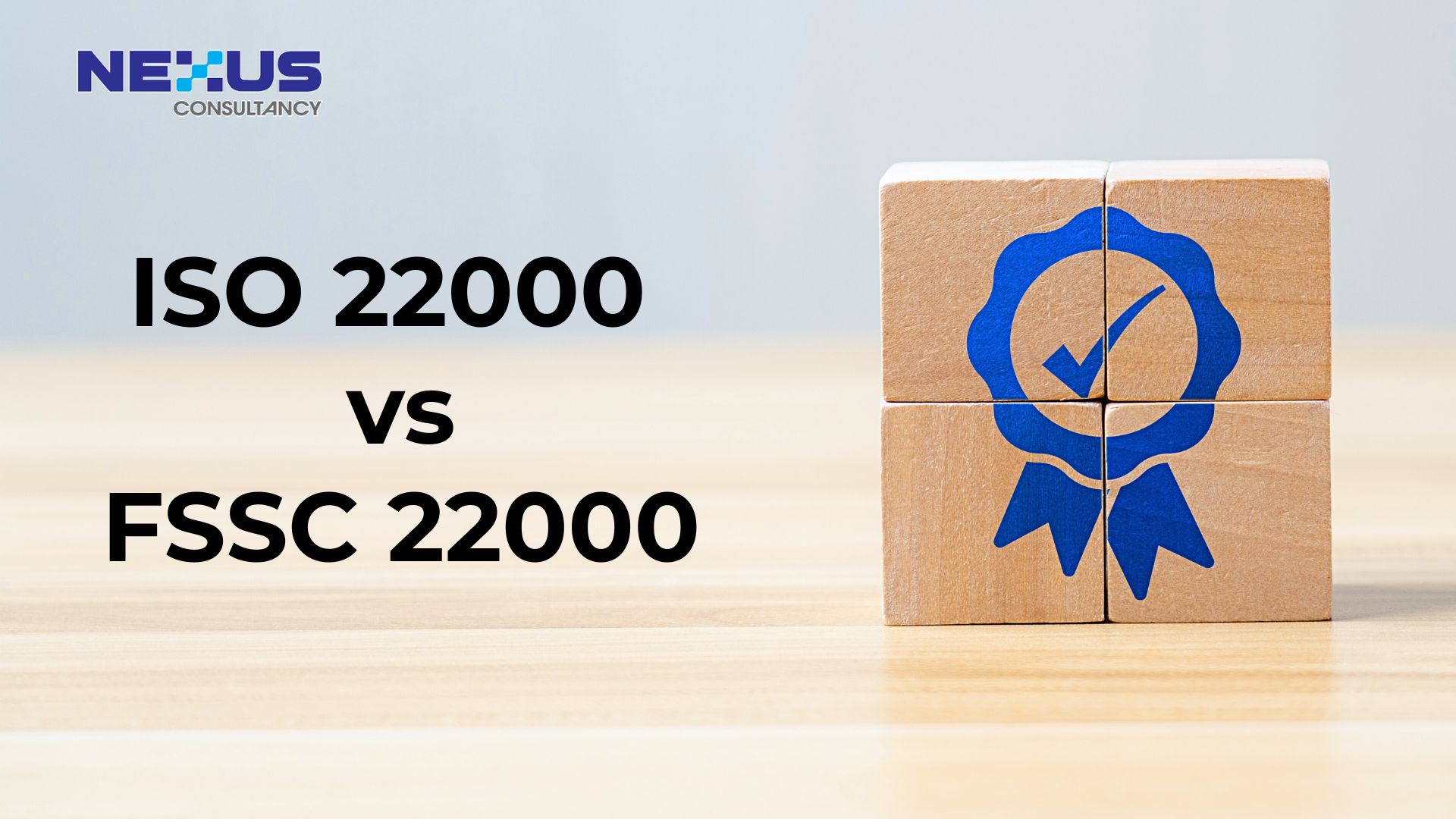
Danielle Tan
Chief Operating Officer
Discover the 5 key GMP requirements for equipment in food processing to ensure safety, quality, and compliance. Learn about material selection, hygiene, maintenance, calibration, and documentation standards.

Maintaining high standards of hygiene and safety in food processing is paramount. The design, construction, and maintenance of food contact equipment play a crucial role in ensuring food safety and quality. This comprehensive guide details the general requirements, hygienic design principles, materials for product contact surfaces, temperature control equipment, cleaning protocols, and preventive and corrective maintenance practices essential for food processing environments.
General Requirements
Food contact equipment must be designed and constructed to facilitate effective cleaning, disinfection, and maintenance. The surfaces that come into direct contact with food should be made of materials that do not adversely affect, nor are adversely affected by, the intended product or cleaning system. Furthermore, this equipment should be durable enough to withstand repeated cleaning without degradation.
Key Points:
- Facilitate Cleaning and Disinfection: Equipment should be designed to allow thorough cleaning and sanitizing, ensuring that no residues remain that could contaminate food products.
- Material Durability: Use materials that can endure repeated cleaning cycles and exposure to cleaning agents without compromising their integrity.
- Non-reactivity: Surfaces should not react chemically with food products or cleaning agents, ensuring that neither the equipment nor the product is compromised.

1. Hygienic Design
Hygienic design is a critical aspect of food processing equipment. Equipment must adhere to established hygienic design principles to prevent contamination and facilitate easy cleaning and maintenance.
Key Principles:
- Smooth, Accessible, Cleanable Surfaces: Surfaces should be smooth to prevent the accumulation of food particles and microorganisms. They should also be accessible for cleaning and self-draining in wet process areas.
- Material Compatibility: Materials used should be compatible with the products and cleaning or flushing agents they will encounter. This ensures that the equipment does not deteriorate or contaminate the food.
- Non-penetrative Framework: The framework should not have holes or use nuts and bolts that penetrate surfaces, as these can harbor contaminants.
- Piping and Ductwork:
- Cleanable and Drainable: All piping and ductwork should be designed to be easily cleaned and fully drainable to prevent the accumulation of residues.
- No Dead Ends: Avoid dead ends in piping systems as they can trap food particles and promote microbial growth.
2. Product Contact Surfaces
Surfaces that come into direct contact with food products must be constructed from materials that are specifically designed for food use. These materials need to be impermeable and resistant to rust or corrosion to ensure long-term safety and cleanliness.
Requirements:
- Food-Grade Materials: Use materials that are approved for food contact and do not leach harmful substances into the food.
- Impermeability: Surfaces should be non-porous to prevent the absorption of food particles and liquids, which can lead to contamination.
- Corrosion Resistance: Materials should resist rust and corrosion, even under frequent cleaning and exposure to food products.
3. Temperature Control and Monitoring Equipment
Temperature control is vital in food processing to ensure safety and quality. Equipment used for thermal processes must meet specific temperature gradients and holding conditions as defined in product specifications.
Features:
- Accurate Monitoring and Control: Equipment should have reliable systems for monitoring and controlling temperatures to maintain the desired conditions.
- Compliance with Specifications: Ensure that the equipment can achieve and maintain the temperatures required by product specifications to guarantee food safety and quality.
4. Cleaning Plant, Utensils, and Equipment
A structured cleaning program is essential to maintain hygiene in food processing. This includes both wet and dry cleaning methods, documented to ensure thorough and regular cleaning of all plant areas, utensils, and equipment.
Cleaning Program Components:
- Documentation: Clearly document cleaning schedules, specifying the areas and equipment to be cleaned, the responsible personnel, and the cleaning methods to be used.
- Defined Frequencies: Establish and adhere to cleaning frequencies to prevent the buildup of residues and contaminants.
- Dedicated Cleaning Tools: Use dedicated tools for different areas and types of cleaning to avoid cross-contamination.
- Verification Methods: Implement methods to verify the effectiveness of cleaning, such as visual inspections and microbiological testing.
5. Preventive and Corrective Maintenance
A robust maintenance program is crucial to prevent equipment failures and ensure continuous, safe operation. This includes both preventive and corrective maintenance, with a focus on minimizing risks to food safety.
- Preventive Maintenance:
- Scheduled Maintenance: Regularly scheduled maintenance helps to identify and address potential issues before they cause problems.
- Safety Devices: Include all devices used to monitor and control food safety hazards in the maintenance schedule.
- Example Devices: Screens, filters, magnets, metal detectors, and X-ray detectors.
- Corrective Maintenance:
- Priority on Safety: Maintenance requests impacting product safety should be prioritized to prevent contamination.
- Temporary Fixes: Ensure that temporary fixes do not compromise product safety and schedule permanent repairs promptly.
- Food-Grade Lubricants and Fluids: Use only food-grade lubricants and heat transfer fluids where there is a risk of contact with the product.
- Releasing Maintained Equipment:
- Post-Maintenance Cleanup: Clean and sanitize equipment after maintenance, as specified in process sanitation procedures.
- Pre-Use Inspection: Inspect equipment before resuming production to ensure it is clean and functioning correctly.
- Maintenance Personnel Training:
- Hazard Awareness: Train maintenance personnel on the food safety hazards associated with their activities to ensure they do not inadvertently introduce contaminants.

Conclusion
Ensuring the suitability, cleaning, and maintenance of food contact equipment is a critical component of food safety management. By adhering to the outlined general requirements, principles of hygienic design, appropriate materials for product contact surfaces, temperature control measures, structured cleaning programs, and comprehensive maintenance practices, food processing facilities can maintain high standards of hygiene and safety. This comprehensive approach minimizes contamination risks, enhances product quality, and ensures compliance with food safety regulations.
Reference:
- ISO/TS 22002-1:2009 Prerequisite Programs on Food Safety – Part 1: Food Manufacturing.
Curious to learn more about standards of hygiene and safety in food processing? Get in touch with us now for more information.






